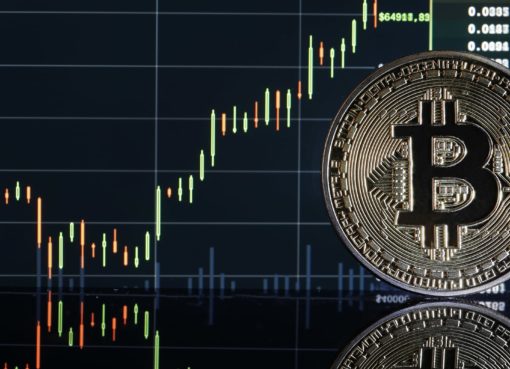Binance has reportedly raised the minimum staking amounts of several cryptocurrencies, such as solana (SOL), polkadot (DOT), and cosmos (ATOM), for users wishing to stake in their earning products.
Binance adjusts asset caps
The Binance Earn products are a suite of offerings that allow token holders to earn passive income from their crypto assets. Some of them include Flexible Savings and Locked Savings. In the latter, a user can lock a token for a specific period. After this, they can withdraw their staked coins and rewards earned.
Binance raised the caps for locking assets for 120 days on several crypto assets. As such, to lock ATOM for 120 days, users must now lock a minimum of 1,000 ATOM, up from 30 ATOM. Meanwhile, SOL stakers must lock at least 500 SOL, which is an increase from 30 SOL.
However, as a consequence, the annual percentage rates (APRs) associated with these products have been reduced by 1-2 percent.
While some investors appreciate the simplicity and convenience of staking on a centralized exchange (CEX) like Binance, others prefer the alternative approach of staking directly on proof-of-stake blockchains like Ethereum and Cardano
Although personal preferences vary, the change in Binance’s lock-up period is noteworthy because it could reveal market trends and potentially impact the choices of individual investors.
Opinion divided
One interpretation of Binance’s decision is that the exchange seeks to attract existing holders and new investments. This can be seen as a positive signal, especially considering the increase in ATOM’s cap before the United States Securities and Exchange Commission (SEC) sued Binance.
The regulator alleges that, among other coins, ATOM and SOL, as examples of unregistered securities that Binance has enabled its citizens to trade illegally.
On the other hand, a different perspective is that the increase in personal quotas could react to a growing number of individuals opting for self-custody solutions. This trend may have led to a decline in the customer base for centralized exchanges, prompting Binance to retain liquidity and prevent further loss of market share.
There are varying opinions about this topic, leading to a divided community. Some perceive the development as a positive indication of Binance’s confidence in the long-term potential of cryptocurrencies, as they believe these assets can withstand market volatility.
On the other hand, some people see this move as a last-ditch effort by centralized exchanges to hold onto their power and keep up with the changing market. They believe that the rise of self-custody options, which give individuals more control over their assets, has caused exchanges like Binance to modify their services to remain relevant.




